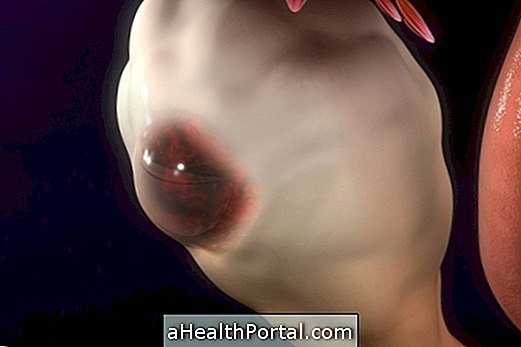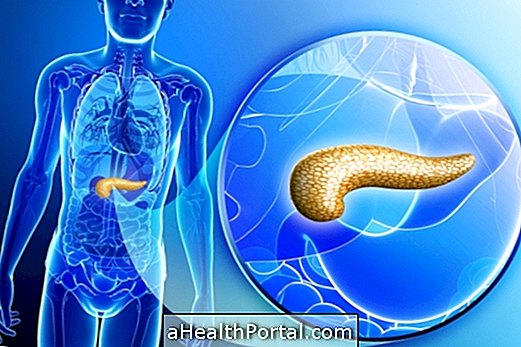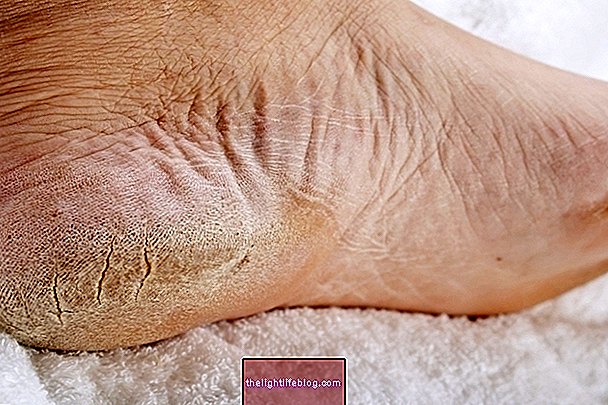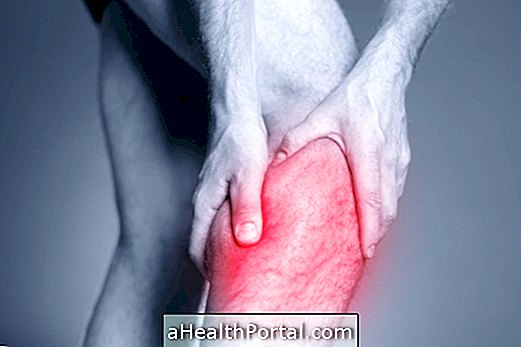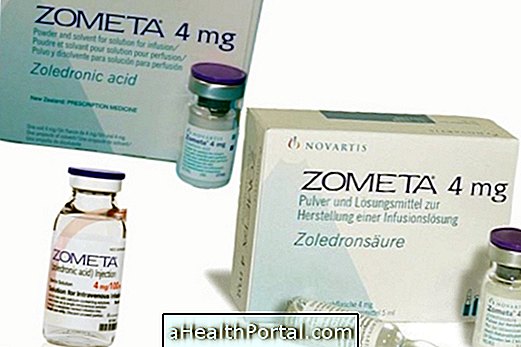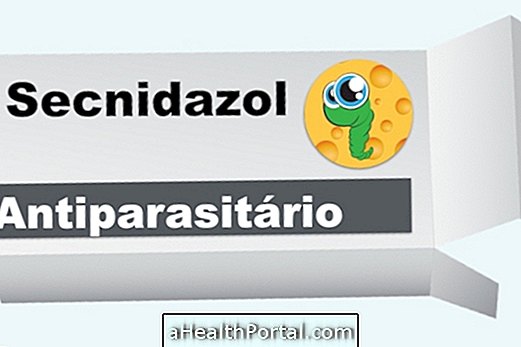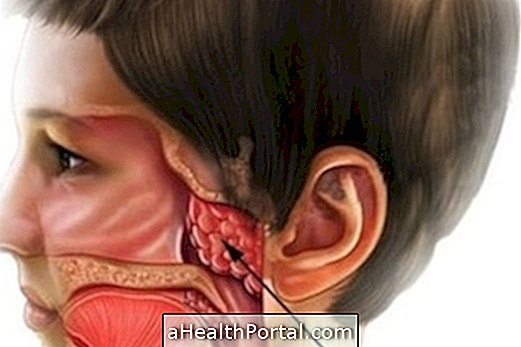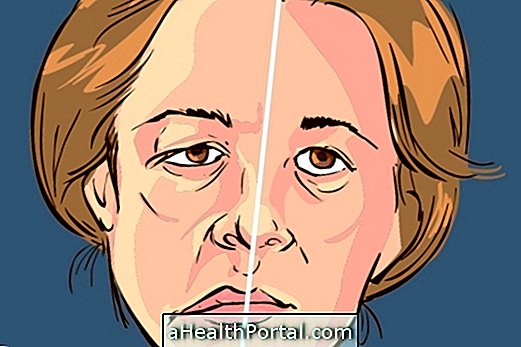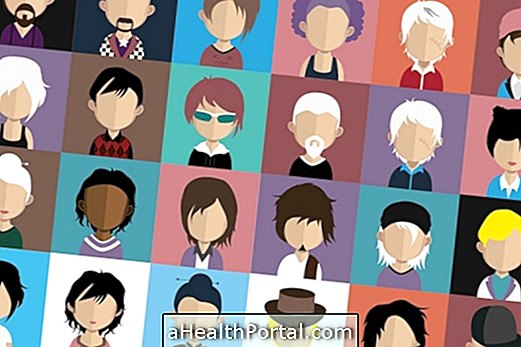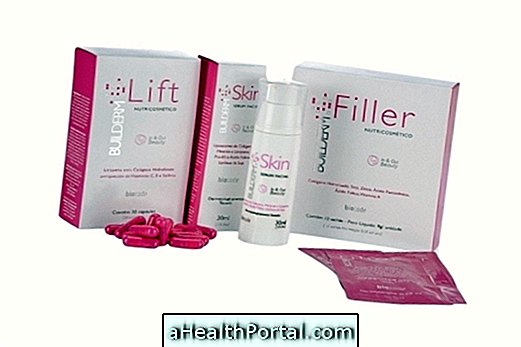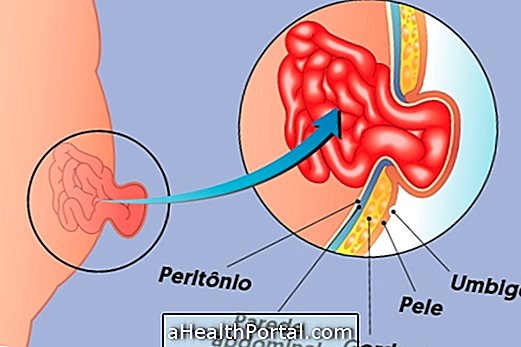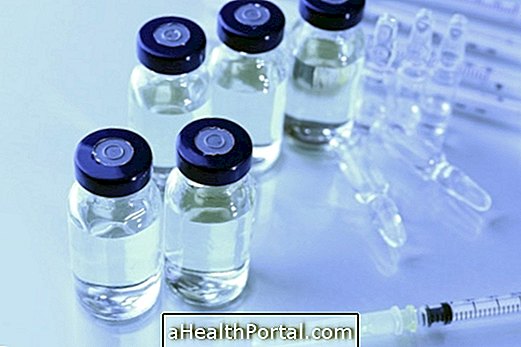Infectious cellulitis occurs when the deeper layers of the skin are infected by bacteria causing signs and symptoms such as:
- Pain in the body and site affected;
- Red regions through the body;
- Red polka dots on the skin;
- Sensation of heat in the skin;
- Fever above 38ºC;
- Small swelling in the skin with pus production;
- Spot in the affected place, with burning sensation;
- Swelling on the spot,
- Languages near the affected site.
In more severe cases, the most common symptoms of infectious cellulitis may also include tremors, shivers, fatigue, dizziness, excessive sweating, and muscle pain. Already symptoms such as drowsiness, blistering or red rays on the skin may be signs that infectious cellulitis is spreading.
Infectious cellulitis should be rapidly treated so it does not spread throughout the body, since bacteria can reach the bloodstream and cause serious complications such as sepsis, which is a widespread infection of the body and life-threatening.


How to distinguish infectious cellulitis from erysipelas
The main difference between infectious cellulitis and erysipelas is that while infectious cellulitis reaches deeper layers of the skin, in the case of erysipelas, the infection happens more to the surface, the main differences being:
| Erysipelas | Infectious Cellulitis |
|---|---|
| Surface infection | Infection of the deep dermis and subcutaneous tissue |
| It is easy to identify infected tissue from the uninfected | It is difficult to identify infected tissue from the uninfected |
| More frequent in the lower limbs and face | More frequent in the lower limbs |
However, the signs and symptoms of these diseases are very similar, making the diagnosis more difficult to do. That way, the dermatologist can ask for several different tests to identify the correct cause and start the most effective treatment. See more about what is and how to treat erysipelas.
How To Treat Infectious Cellulitis
Generally, because it is a bacterial infection, treatment for infectious cellulitis is done with oral antibiotics such as cephalexin or amoxicillin for 10 to 21 days. Symptoms usually improve within 10 days of the start of antibiotics, but it is important that at the same time, the person rests and keeps the affected limb elevated to reduce swelling and pain. The doctor may also advise analgesic medicines and reduce fever such as dipyrone and paracetamol.
It is also important to examine the skin regularly, properly wash the wound, or even pass a matching cream containing antibiotic, which can be recommended by the dermatologist to ensure treatment success. Learn more about how to treat infectious cellulitis.
